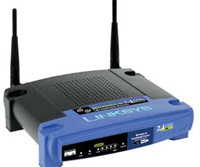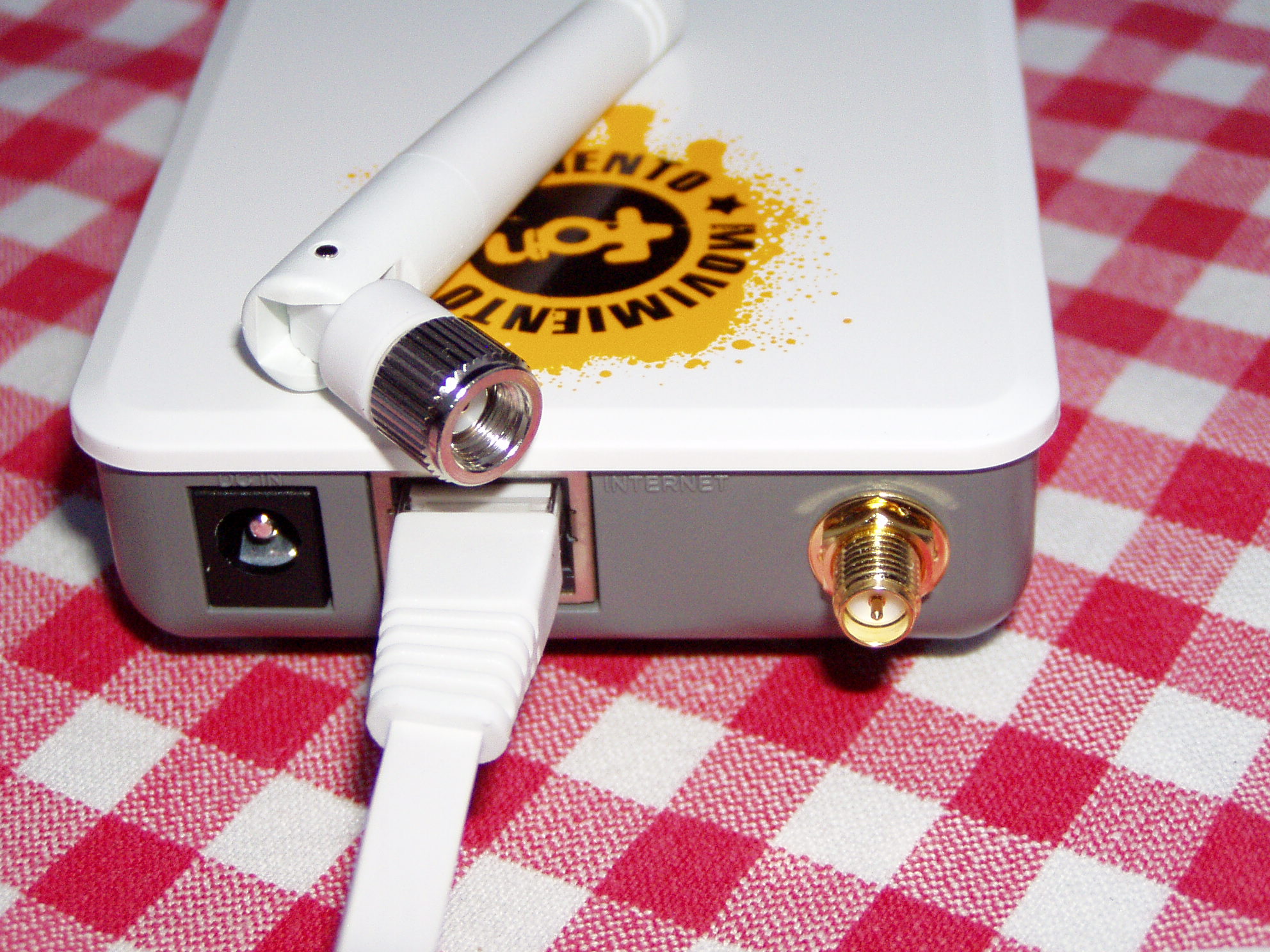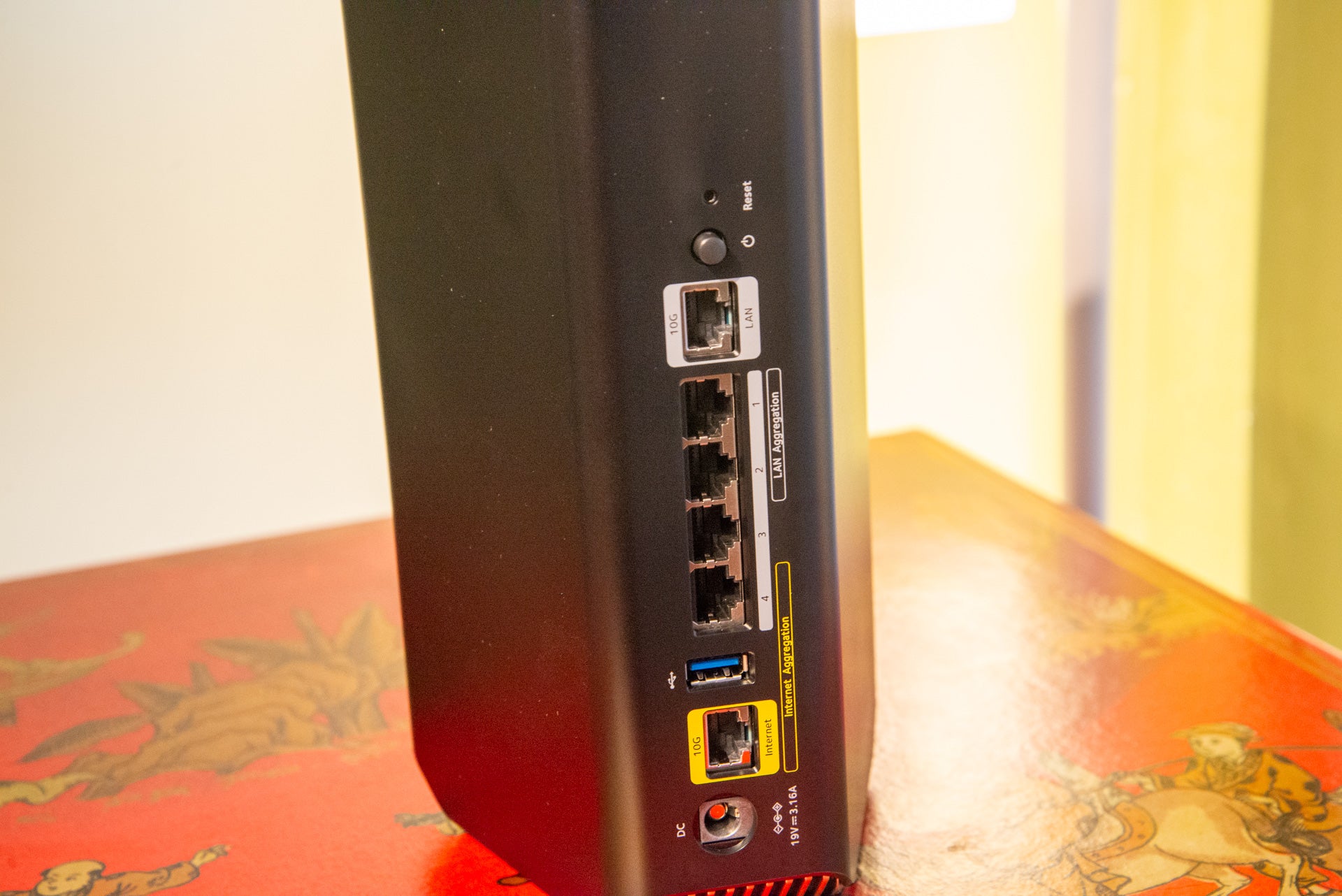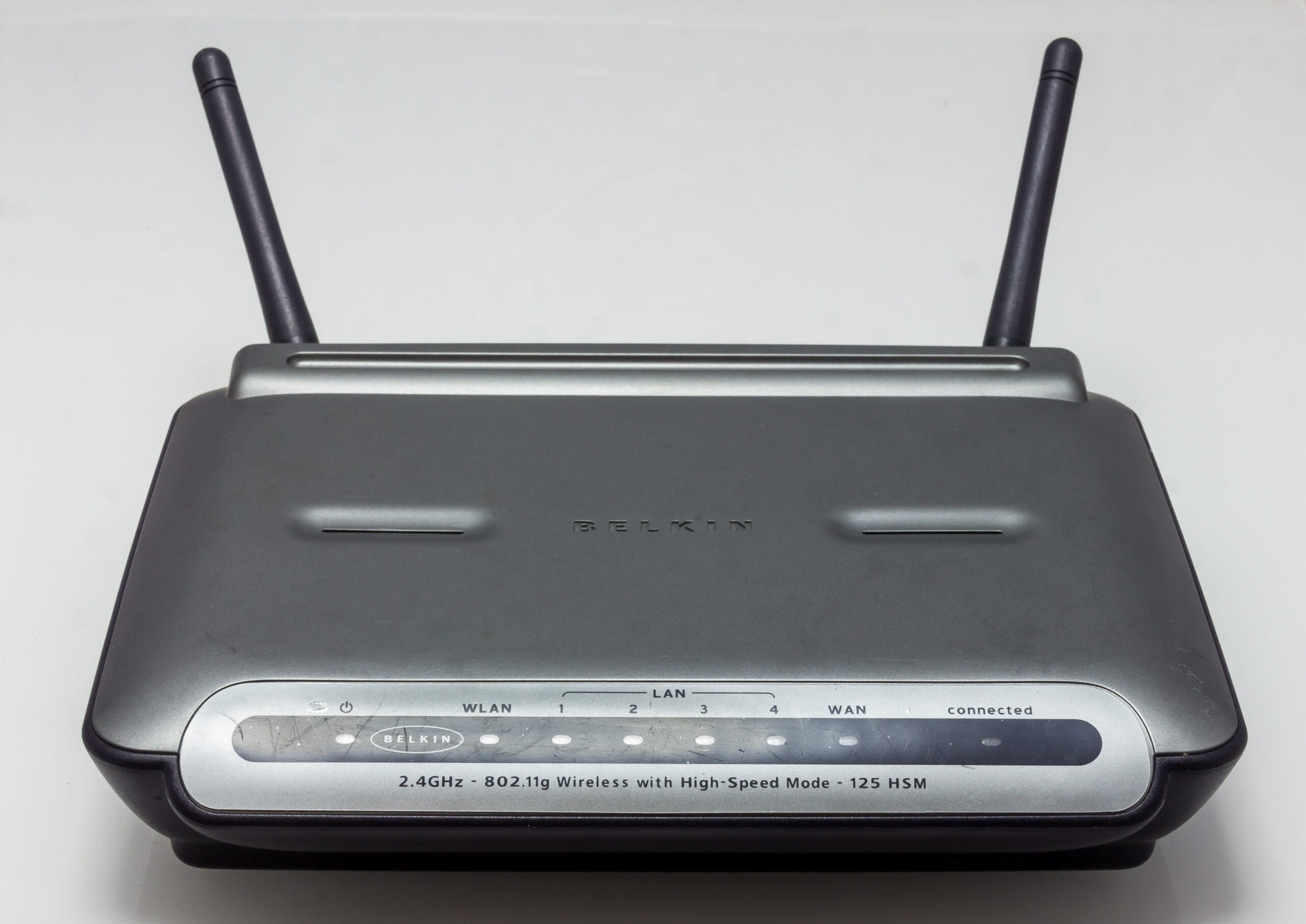There are many routers on the market, and it can be confusing to try to figure out which one is right for you. The two most common types of routers are N and G routers. So, what is the difference between N and G router?
Here is a quick rundown of the main differences: N routers have a higher speed than G routers. They also have a longer range, so they are better for larger homes or offices.
However, they can be more expensive than G routers. G routers have a shorter range but are cheaper than N routers. They also don’t have as high of a speed, so they may not be ideal for large homes or offices.
When it comes to choosing a router, you may be wondering what the difference is between an N and G router. Here’s a quick rundown of the main differences: N Routers:
– Can reach speeds up to 300 Mbps – Are dual band, meaning they can operate on both the 2.4 GHz and 5 GHz frequencies – Offer better range than G routers
G Routers: – Have a maximum speed of 54 Mbps – Operate on the 2.4 GHz frequency only
– Offer shorter range than N routers So, which one should you choose? If you need a fast speed and good range, then an N router is the way to go.
However, if you don’t need those features and want to save some money, then a G router will suffice.
N Router Vs G Router
When shopping for a new router, you may notice that there are two different types of wireless routers on the market: N routers and G routers. So, what’s the difference between these two types of routers? N routers are the newer type of router and offer faster speeds than G routers.
N routers also offer better range than G routers. If you have a large home or office, or if you need to connect multiple devices to your router, then an N router is a good choice. G routers are older technology and don’t offer the same speed or range as N routers.
However, they may be a good choice if you have an older computer or device that doesn’t support the faster speeds of Nrouters. Grouters also tend to be less expensive than Nrouters. So, which type of router is right for you?
If you need the fastest speeds and best range, then an N router is the way to go. If you have an older computer or device, or if you’re on a budget, then a G router may be a better choice.
Is Wireless G Or N Better?
The short answer is that wireless N is better than wireless G. Here’s a more detailed explanation: Wireless G was the first commercially available wireless standard, released in 2003. It has a maximum theoretical data transfer rate of 54Mbps and uses the 2.4GHz frequency band.
Wireless N was released in 2009 and is an improvement over wireless G in several ways. First, it has a much higher maximum theoretical data transfer rate – 600Mbps compared to 54Mbps for wireless G. Additionally, it uses both the 2.4GHz and 5GHz frequency bands, so it can avoid interference from other devices that use the 2.4GHz band (like Bluetooth devices or microwaves). Finally, it uses multiple antennas for transmitting and receiving data (MIMO technology), which further increases its speed and reliability.
So if you’re looking for faster speeds and greater reliability, go with wireless N; if you’re on a tight budget, wireless G may be sufficient.
Is N Better Than G?
In general, N is better than G because it offers more features and is more reliable. However, there are some specific situations in which G may be a better choice. For example, if you need a router that can handle high-speed internet connections, G may be a better option.
What Does G Mean on a Router?
The “G” in router stands for gigabit. A gigabit is a unit of data transfer rate equal to 1,000 megabits per second (Mbps). So, a “gigabit router” is one that can move data at 1,000 Mbps.
What is Faster G Or N?
The answer to this question is not as simple as it may first appear. Both G and N are fast, but in different ways. G is the speed of light, or about 300 million meters per second.
That’s incredibly fast, but it’s also a constant speed; no matter how much energy you put into making something go faster, it will never exceed the speed of light. N, on the other hand, is the speed of sound. It varies depending on the medium through which the sound is travelling (air, water, solid objects), but its maximum possible velocity is about 1120 meters per second.
So while G is always going to be faster, N can sometimes reach speeds that are close to G’s.
Final Words
N and G routers are both types of wireless routers, but there are some key differences between the two. N routers have a higher maximum speed than G routers and can also operate on both the 2.4 GHz and 5 GHz frequency bands. Additionally, N routers typically have more advanced features than G routers, such as support for multiple input/output streams (MIMO) and beamforming.








Leave a Reply